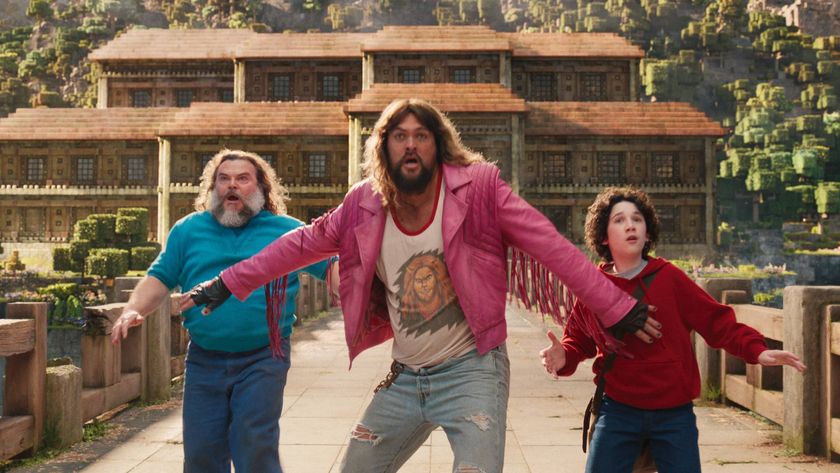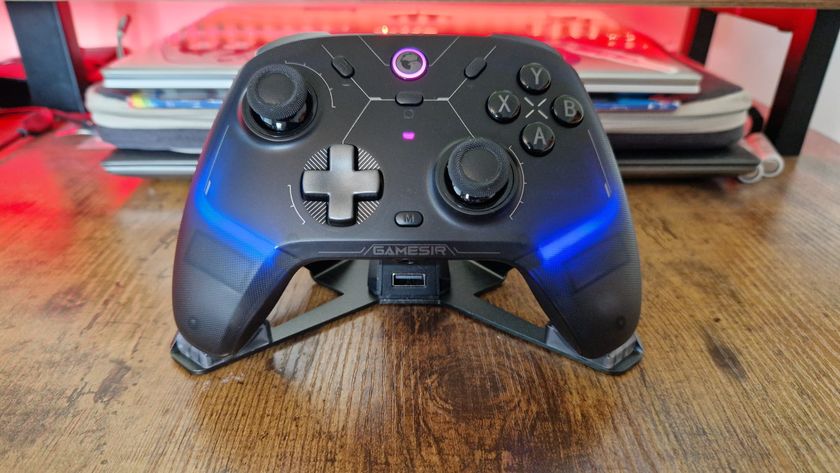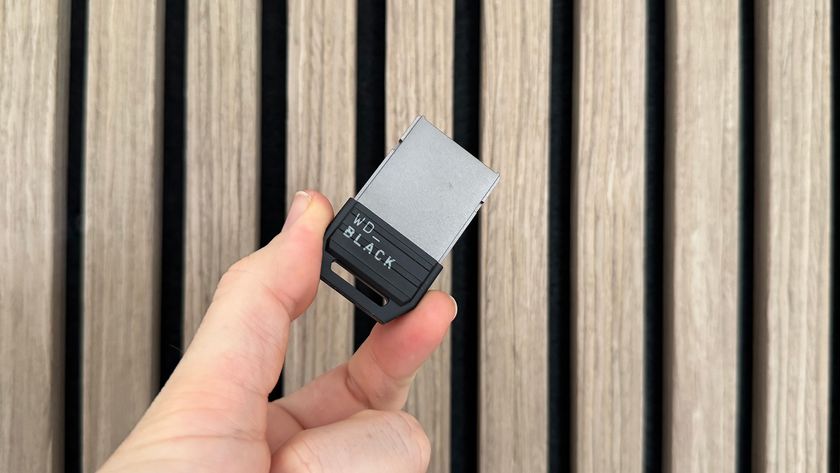Why you can trust 12DOVE
The first thing that becomes apparent when playing Play 2 is that the people who made it have done this before. After a disappointing drought, there's been a deluge of EyeToy games over the last few months, but all have had a slight air of hesitant experimentation. Play 2 really knows what it's doing.
The range of movements it calls upon you to produce is bigger than in the original, and their detection is more precise, a combination which opens up a much larger range of gaming possibilities. Air Guitar, possibly the game's strongest suit (something London Studio knows - it comes up preselected when you load the game) is exactly as it sounds. Thrash the strings with one hand, form flat Play-doh chords with the other: rock stance entirely optional. Bubble Pop is a first for EyeToy - a game of delicate restraint. Pop the clear bubbles and avoid the red. It should be simple but isn't, due to some calculatedly nasty level design. Soon you'll be contorted and sweating, but from tension rather from exertion.
Play 2 also mixes up the range of movements each game asks of you. Rather than a one-note task, repeated over and over, each game is split into levels with bosses and microgames breaking up the pace (and shifting the strain on to a fresh muscle group). Mr Chef has you filling orders in a restaurant, dragging burger ingredients on to a plate. Run out of anything and you'll trigger a microgame - pickle-slicing, milk-shaking or chip-salting. Hit a home run in the baseball game and you'll need to drop your improvised bat and run on the spot - arms pumping - to power your character round the bases. It's a very clever step, meaning that each game lasts longer than in the original Play but is less tiring and much more engaging.
The Play Room is a range of diversions and special effects, including the magic wand system which was many people's first glimpse of EyeToy. These feel very much like experiments, although often the simpler (like a screen of swooshing colour which responds to a sound input) are more successful than the complicated (like the face-capture and morphing system, which is too cumbersome and slow to suit the software).
The presentation is as characterful as you would expect from London Studio, it's welcoming to newcomers to the EyeToy, or even to gaming in general, and the navigation system has been much improved, responding snappily to your commands. All in all, the studio's experience with the system shines through, and this is crucial. After all, it's not just the developer that's done this before - you have, too. The problem with a system so approachable and so instantly comprehensible is that everyone who touches an EyeToy thinks they're an expert. With Play 2, London Studio has shown us what expertise really looks like.
EyeToy: Play 2 is released on 5 November for PS2
More info
| Platform | "PS2" |
| Alternative names | "EyeToy Play 2" |
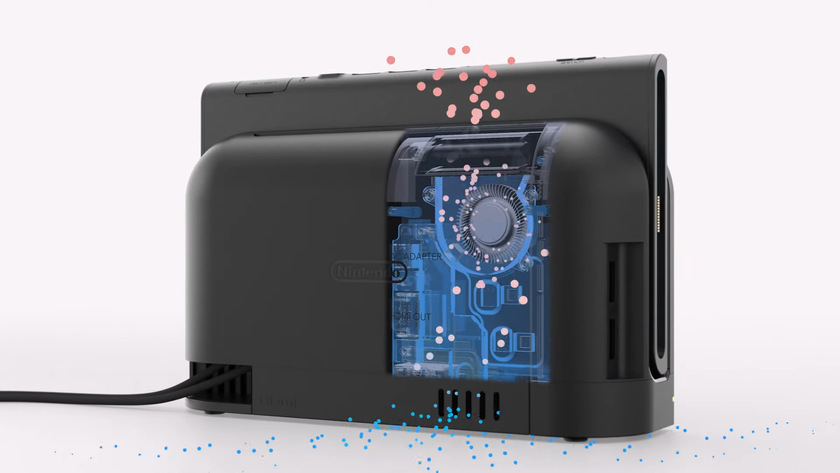
Nintendo says the Switch 2 "isn't simply an improved Nintendo Switch, we redesigned the system from the ground up," and after 8 years, I'd sure hope so
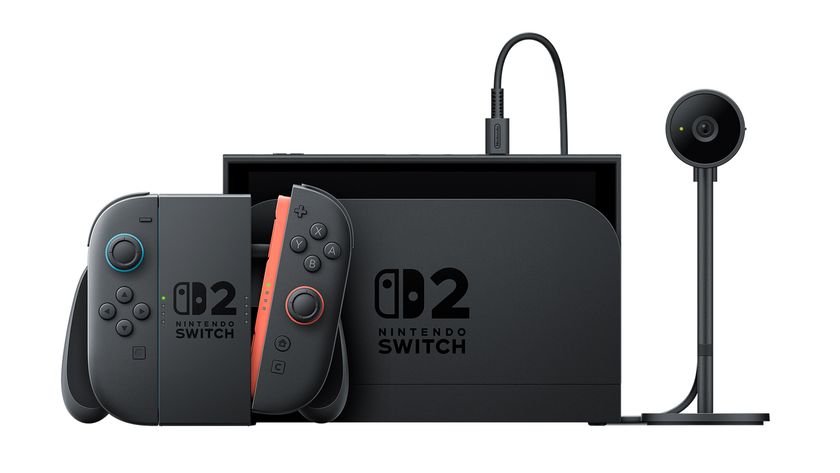
Japan's "multi-language" Switch 2 costs 20,000 more yen, or $130 more dollars, than the Japanese-only version
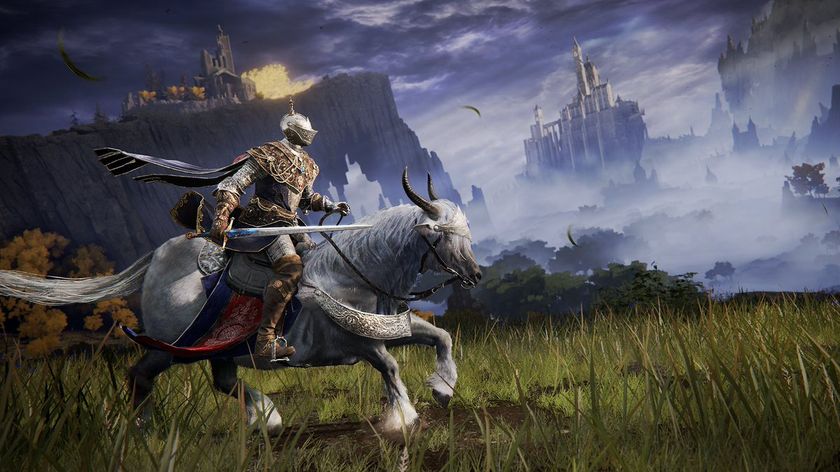
Elden Ring is getting a fancy new name on Switch, new weapons and armor, and new horse clothes on all platforms
